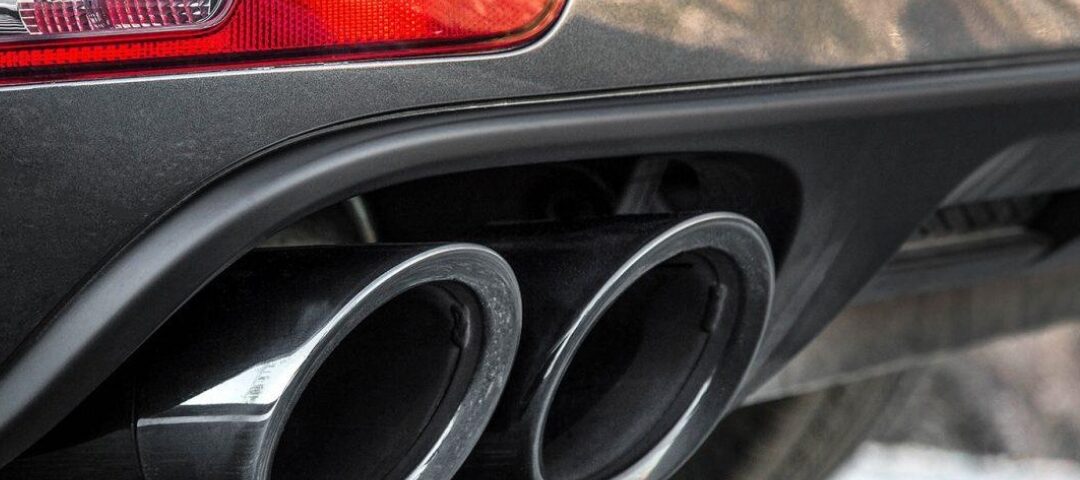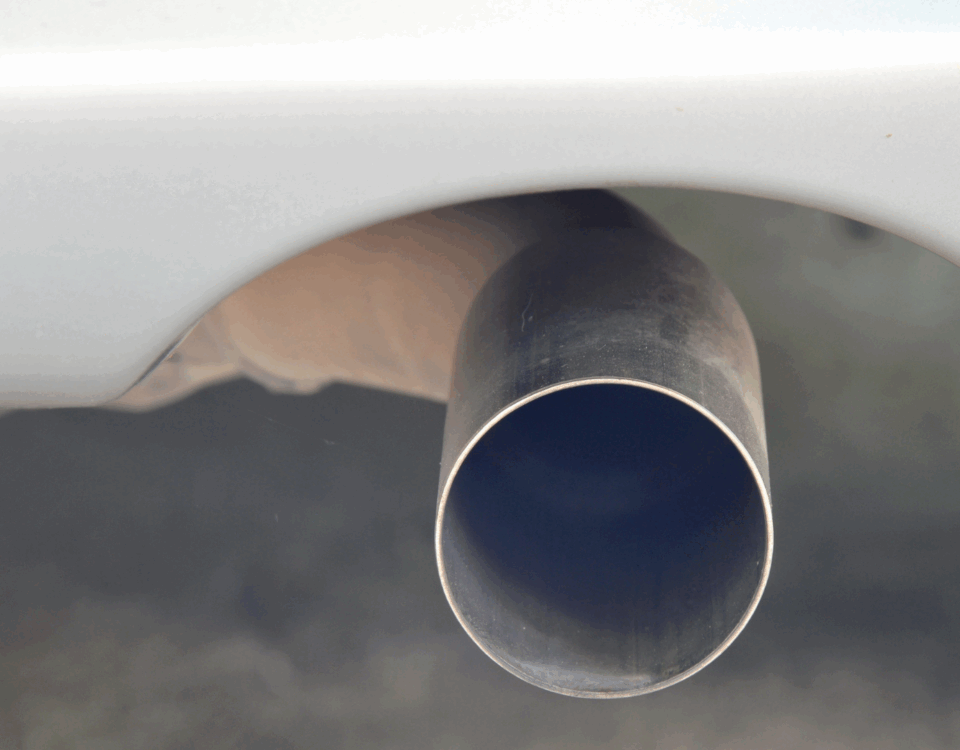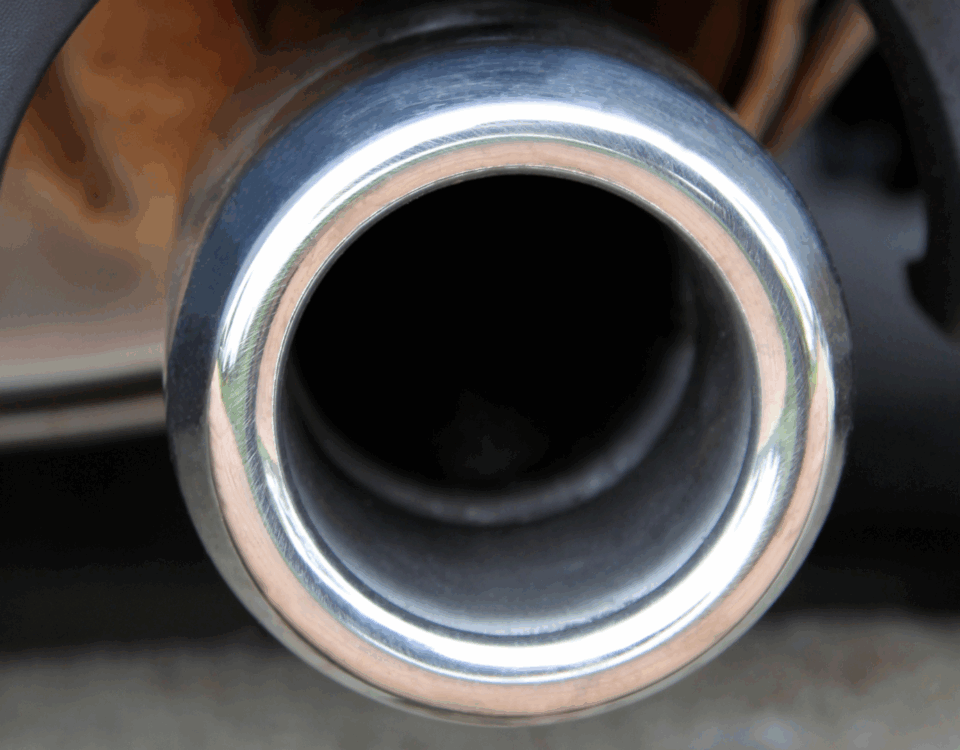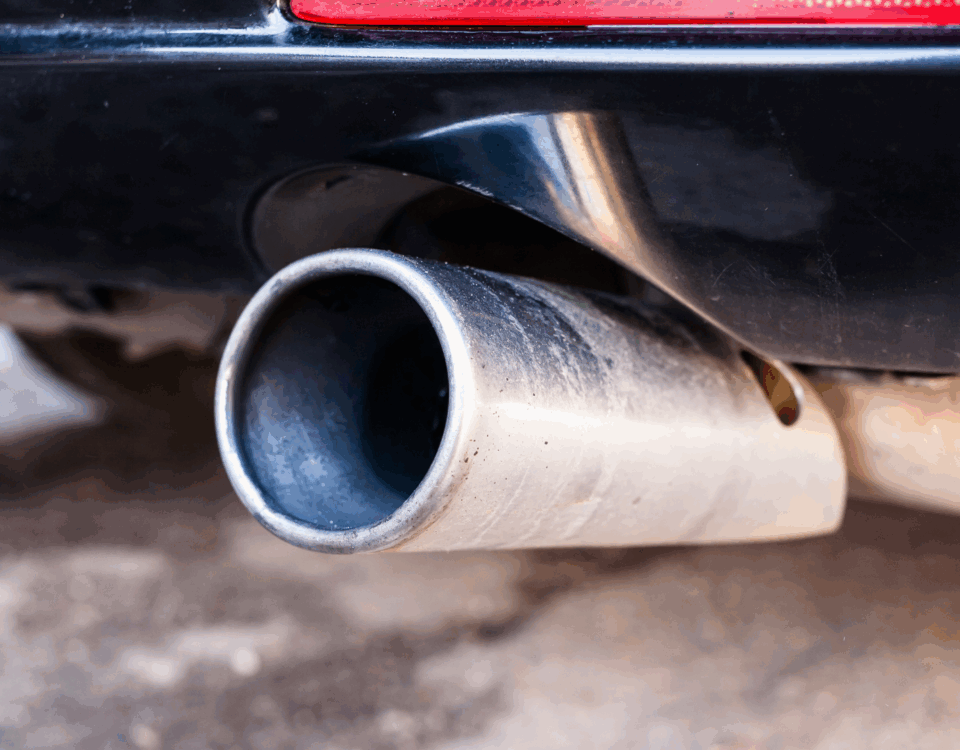Navigating the Smog Check Process: Essential Tips and Tricks
November 14, 2023
The Complete Guide to Preparing Your Vehicle for a Smog Check
November 14, 2023In today’s environmentally conscious world, vehicle emissions play a crucial role in air quality. Many regions require regular smog checks to ensure that vehicles are not emitting excessive pollutants. If you’re gearing up for a smog check, it’s essential to understand the process and how to ensure a hassle-free experience.
Understanding Smog Checks:
A smog check, also known as an emissions test, is designed to measure the amount and type of pollutants your vehicle emits. The goal is to identify vehicles that are releasing harmful substances into the air and to encourage owners to address any issues that may contribute to pollution.
Key Components of a Smog Check:
Emission Levels:
The smog check measures various pollutants, including nitrogen oxides, carbon monoxide, and hydrocarbons. Each vehicle must meet specific standards set by environmental agencies.
OBD-II System Check:
Modern vehicles are equipped with On-Board Diagnostics (OBD-II) systems that monitor the performance of the engine and emission control components. The smog check includes a check of the OBD-II system for any error codes or malfunctions.
Visual Inspection:
A visual inspection ensures that key emission control components, such as the catalytic converter, are present and functioning correctly.
Preparing for a Smog Check:
Regular Maintenance:
Keep up with regular vehicle maintenance, including oil changes and air filter replacements. Well-maintained vehicles are more likely to pass smog checks.
Address Warning Lights:
If your vehicle’s dashboard has warning lights, such as the “Check Engine” light, address them promptly. Ignoring these warnings may result in a failed smog check.
Drive Your Vehicle:
Before the smog check, ensure your vehicle has been driven enough to complete its self-diagnostic tests. This helps the OBD-II system to report accurate data during the test.
Choosing a Smog Check Station:
Licensed and Certified Facilities:
Select a smog check station that is licensed and certified by the relevant state or local authorities. This ensures that the station follows proper testing procedures.
Check Reviews:
Research and read reviews of smog check stations in your area. This can provide insight into the experiences of other vehicle owners and help you choose a reliable facility.
After the Smog Check:
Keep Records:
Retain a copy of the smog check certificate for your records. Some states may require this documentation during vehicle registration.
Address Failures Promptly:
If your vehicle fails the smog check, address the issues promptly. Some states offer waivers or financial assistance for necessary repairs.
A smog check is a vital aspect of vehicle ownership, contributing to environmental conservation and public health. By understanding the process and taking proactive steps, you can ensure a hassle-free smog check experience. Regular maintenance, addressing warning lights, and choosing a reputable smog check station are key factors in passing the test and keeping our air clean.
Read More:
The Complete Guide to Preparing Your Vehicle for a Smog Check
Navigating the Smog Check Process: Essential Tips and Tricks






